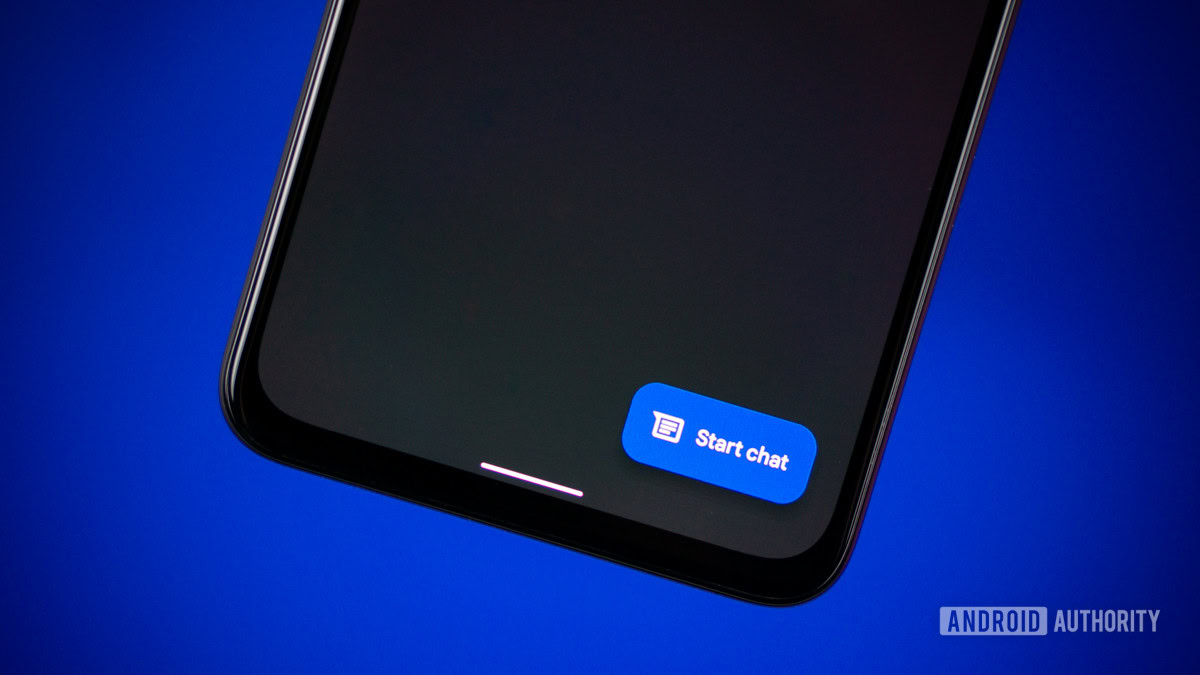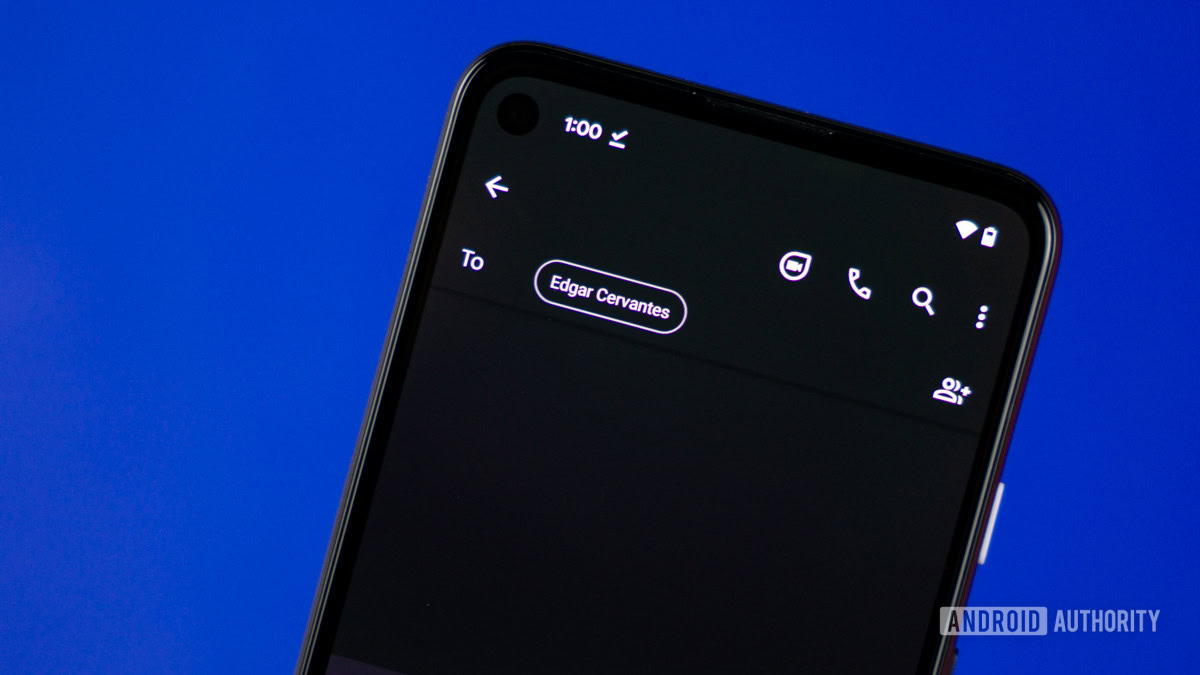Affiliate links on Android Authority may earn us a commission. Learn more.
SMS vs MMS: What's the difference?

We’re spoiled for choice regarding internet messaging platforms, but not everyone has moved on to WhatsApp, Telegram, and Signal. Plenty of users across the globe still rely on SMS and MMS to communicate with loved ones. But which protocol is better? Read on for our SMS vs MMS breakdown.
QUICK ANSWER
SMS is a simpler messaging protocol that allows for short 160-character text messages over cellular networks. MMS is a richer messaging protocol that allows media transfer across data networks with a much higher character limit.
JUMP TO KEY SECTIONS
What is SMS?

SMS, or Short Message Service, lets users send text-only messages of up to 160 characters across cellular networks. The protocol was created to work across carriers’ voice infrastructure for much older and simpler mobile hardware. Unlike modern messaging services, there’s no need for any data signal to send an SMS. Nevertheless, the protocol is still available and going strong in 2023, with many mobile phone plans offering free or unlimited SMSes as a perk.
Although SMSes are limited to 160 characters, you can send longer texts that many apps can read as a single message. However, whenever you breach that 160-character limit, you’ll be charged for another SMS.
Unlike more modern data-based protocols like MMS and RCS, SMS does not facilitate media. This means you can only send text characters (numbers, letters, symbols, and simple emoji) to others.
What is MMS?
MMS, or Multimedia Messaging Service, is an evolution of SMS. Unlike its simpler counterpart, MMS often requires a data connection as the protocol supports attached media (images, videos, and audio).
Although MMS became commercially available in the early 2000s, the protocol only gained traction around a decade later, as data networks were more prevalent and phones became increasingly feature-filled. A much higher character limit exists for an MMS of 1600 characters (roughly between 200 and 400 words). Thanks to its enhanced functionality over SMS, MMS messages are usually slightly more expensive than SMS. We’re talking cents at most, though.
SMS vs MMS: How do they compare?
Here’s a breakdown of SMS vs MMS protocols, their limitations, pros and cons, and more.
| SMS | MMS | |
|---|---|---|
Availability | SMS Present on all feature phones and smartphones | MMS Present on most feature phones and smartphones |
Network requirements | SMS Requires mobile telephony network (cellular) | MMS Requires data connection to send multimedia content |
Character limit per message | SMS 160 characters | MMS 1600 characters |
Media attachments | SMS Cannot send any media | MMS Can send images, videos, audio |
Encryption | SMS No encryption | MMS No encryption |
Delivery and read receipts | SMS Only delivery receipts, no read receipts | MMS Only delivery receipts, no read receipts |
Charges | SMS Carriers frequently charge separately per 160-character message | MMS Carriers frequently charge separately per MMS |
Should you use SMS or MMS?
You shouldn’t use just one protocol, as SMS and MMS have clear advantages over one another in specific use cases.
If your carrier plan comes with unlimited SMSes and you don’t need to send media to other users, it makes sense to use SMS. However, if you want to use richer media messaging and don’t like the idea of WhatsApp or other messaging platforms, MMS is your go-to. MMS may also be useful if you need to send a longer message but don’t have the data to send an RCS or a message on another data-reliant platform.
Thankfully, most modern text messaging apps can send and receive SMSes and MMSes, so switching between them as required is a much simpler task.
FAQs
SMS stands for Short Message Service, as messages are limited to 160 characters.
MMS stands for Multimedia Messaging Service, as these messages allow users to include media alongside text.
RCS, or Rich Communications Services, is a more advanced messaging protocol that also lets you send media and other content.